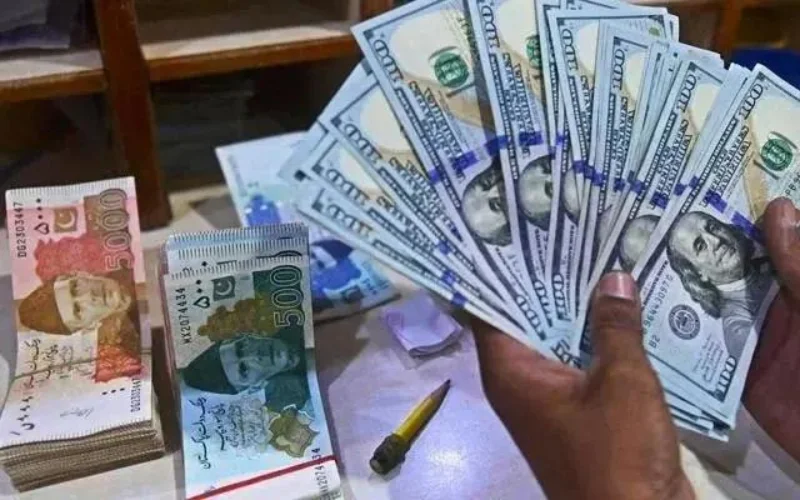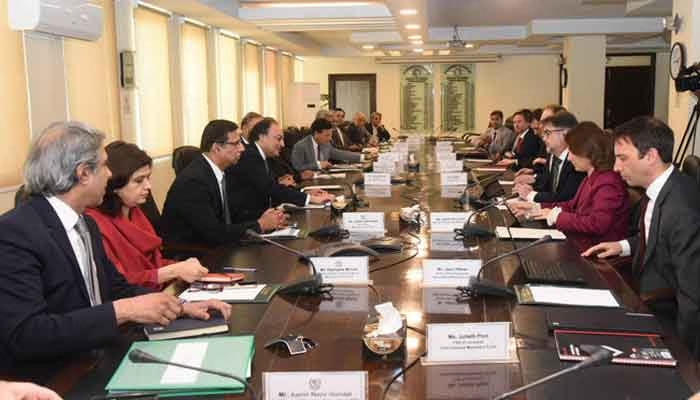The Pakistani rupee faced significant pressure in the interbank market as it crossed the threshold of Rs300 against the US dollar on Thursday, as reported by data from the Exchange Companies Association of Pakistan (ECAP). This historic low, with the dollar trading at Rs300.25, was primarily attributed to a surge in demand for the greenback. This increased demand was spurred by the relaxation of import restrictions and growing concerns related to financing the country’s current account deficit.
According to ECAP, the exchange rate in the open market stood at Rs314 per USD, creating a noticeable difference of Rs13.75 (approximately 4.57%) between the interbank and open market rates.
Just the day before, the rupee had depreciated to 299.64 against the US dollar, marking a 0.21% decrease from the previous day’s closing rate of 299.01.
Economic expert Dr. Khaqan Najeeb, a former adviser to the finance minister, shed light on the factors contributing to this situation. He pointed out that the release of previously held containers, coupled with a decline in exports and remittances, was causing a liquidity crunch in terms of the US dollar in the Pakistani economy.
Dr. Najeeb also highlighted that the interbank market was striving to align itself with the kerb market, mainly because Pakistan had committed to a structural benchmark with the International Monetary Fund. This benchmark aimed to maintain the difference between the two markets at an average of no more than 1.25% over five days.
Furthermore, he noted that the open markets were experiencing supply constraints, but the demand for the US dollar remained high. This was due to the fact that any imports not met by the interbank market were typically fulfilled through the kerb market. Additionally, the prevalence of dollarization, where many people consider the US dollar a more stable store of value, further exacerbated the demand.
Dr. Najeeb also pointed out that the monetary policy had not been as effective in incentivizing people to hold the Pakistani rupee. He emphasized the need for increased inflows at the interbank level as the most effective way to stabilize the Pakistani rupee.
He concluded by saying that certainty regarding the economic plan and planned future inflows would also be essential factors in stabilizing the currency, especially considering that the next tranche of funds may not be expected in the coming months.



